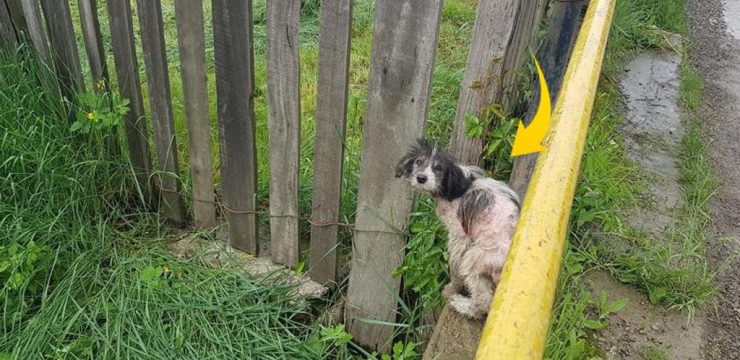It began as an ordinary evening commute—crowded platforms, the hum of conversation, the rhythmic arrival and departure of trains. For hundreds of passengers, it was just another part of their daily routine. But within seconds, calm turned to chaos when a sudden accident nearly cost a woman her life. What followed was a moment of pure human courage that no one present will ever forget.

Witnesses say the scene unfolded in a flash. A passenger who had seemed perfectly fine moments earlier suddenly collapsed without warning. As she fell, she unintentionally struck another woman standing near the platform’s edge. The impact sent the woman toppling forward, straight onto the tracks below. Gasps spread through the crowd as people realized the gravity of what had just happened. And then came the chilling sound of an approaching train.
For a brief second, there was silence—a moment of frozen disbelief. Then instinct took over. Several commuters rushed toward the edge, some reaching down with outstretched arms while others shouted for help. A transit employee sprinted toward the emergency stop button, slamming it with full force. The screech of the brakes echoed through the station as the train barreled closer, sparks flying, momentum unstoppable.
The rescuers pulled with every ounce of strength they had, their hands gripping tightly as they fought against fear and gravity. In a moment that could only be described as miraculous, they lifted the woman back onto the platform just as the train came into view. The timing was impossibly close—so close that many later said they could barely process what they had seen.
The woman, trembling and in shock, clung to the strangers who had saved her. The passenger who had fainted was also quickly tended to by commuters and station staff. Paramedics arrived within minutes, rushing both women to the hospital for evaluation. Fortunately, their conditions were later reported as stable, though the emotional impact of the event will likely last far longer than any physical injuries.
The incident has since sparked widespread conversation about safety in public transportation systems. For most commuters, train platforms are familiar spaces—places where they check their phones, sip their coffee, and think about their day ahead. But beneath that everyday routine lies real risk. Experts in transportation safety stress that even the most advanced systems are not immune to sudden emergencies. Human health, unpredictable accidents, and crowded conditions can turn ordinary moments into dangerous ones in an instant.
Transit officials have already launched an investigation to see whether improved safety measures could help prevent similar accidents. Suggestions include clearer signage for emergency stop buttons, more visible safety lines, and a stronger presence of trained staff during peak hours. Crowd management is another key focus. Rush-hour congestion can leave passengers with little room to react when something unexpected happens. Encouraging people to stand behind safety markers and keeping critical areas less crowded could help reduce risks.
This incident also serves as a reminder of the importance of personal awareness. Many commuters later admitted they had never considered what they might do if someone fell onto the tracks. The quick thinking and bravery of those who acted that night were extraordinary, but their heroism also underscores how valuable preparedness can be. Knowing where emergency equipment is located, paying attention to those around you, and minimizing distractions like headphones or phones can make a critical difference in those rare but dangerous moments.
Beyond safety protocols, the event highlighted something deeper—compassion in action. In a world often filled with headlines about division and conflict, this moment showed humanity at its best. The people who jumped to help did not know the woman they saved. There was no time to think, only to act. Their instinct to protect a stranger at great personal risk is a powerful reminder of the courage that can emerge in ordinary people when faced with extraordinary circumstances.
For transportation authorities, the rescue is both a relief and a wake-up call. Emergencies caused by sudden medical episodes can happen anywhere, but their consequences can be reduced through better preparation. Medical experts are suggesting additional first-aid training for station employees and the installation of automated barriers that prevent passengers from getting too close to the tracks. Though such improvements require time and investment, the urgency of this incident underscores how vital they are.
For the woman who fell, the experience was nothing short of traumatic. In the blink of an eye, she went from waiting for her train to staring down the headlights of one racing toward her. That kind of terror leaves deep emotional scars. Mental health support and counseling for victims of public accidents are essential, helping them recover not only physically but psychologically.
The passenger who fainted is also part of this story—a reminder that health emergencies can happen without warning. Her sudden collapse triggered a chain reaction that endangered both lives. Doctors continue to study the causes of fainting episodes in public places, noting that factors like fatigue, dehydration, or stress can play a role. Her experience serves as a lesson that public awareness about health and self-care is as important as mechanical safety measures.
As the investigation continues, one thing is certain: this near tragedy has left a lasting impression on everyone who witnessed it. The commuters who helped, the staff who responded, and the hundreds who stood frozen in fear all share a moment they will never forget.
The story stands as both a warning and a testament. A warning that even in the most routine parts of our day, danger can appear without notice—and a testament to the strength of human compassion when it matters most. Safety in public spaces is not just the responsibility of officials and engineers, but of every person who steps into them.
In the end, what could have been a devastating tragedy became a story of hope and heroism. The woman who nearly lost her life survived because strangers refused to stand by. Their courage turned panic into purpose, fear into unity. And for everyone who heard their story, it’s a reminder that sometimes, even in the darkest seconds, humanity shines brightest.





